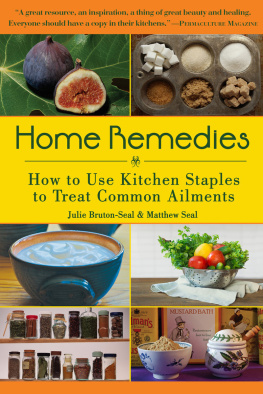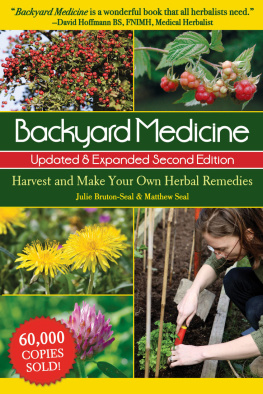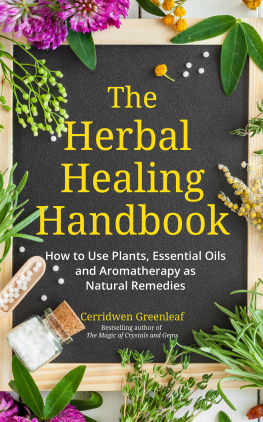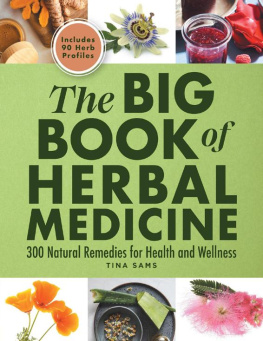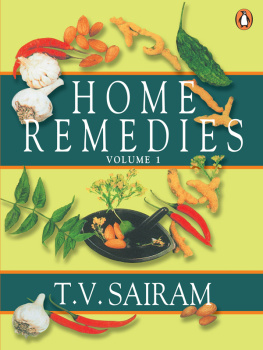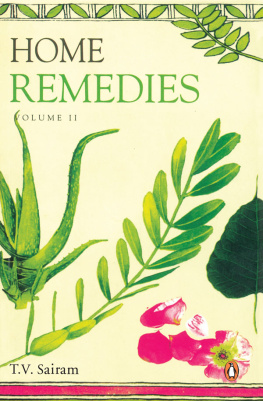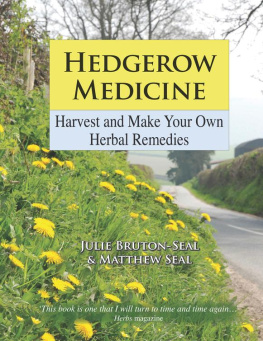


Copyright 2019 by Julie Bruton-Seal and Matthew Seal
First published as Kitchen Medicine in the United Kingdom by Merlin Unwin Books Limited. This USA Edition is published by arrangement with Merlin Unwin Books Limited.
All rights reserved. No part of this book may be reproduced in any manner without the express written consent of the publisher, except in the case of brief excerpts in critical reviews or articles. All inquiries should be addressed to Skyhorse Publishing, 307 West 36th Street, 11th Floor, New York, NY 10018.
Skyhorse Publishing books may be purchased in bulk at special discounts for sales promotion, corporate gifts, fund-raising, or educational purposes. Special editions can also be created to specifications. For details, contact the Special Sales Department, Skyhorse Publishing, 307 West 36th Street, 11th Floor, New York, NY 10018 or .
Skyhorse and Skyhorse Publishing are registered trademarks of Skyhorse Publishing, Inc., a Delaware corporation.
Visit our website at www.skyhorsepublishing.com.
10 9 8 7 6 5 4 3 2 1
Library of Congress Cataloging-in-Publication Data is available on file.
Cover design by Mona Lin
Designed and typeset by Julie Bruton-Seal and Matthew Seal
Photographs by Julie Bruton-Seal
Print ISBN: 978-1-5107-5405-8
Ebook ISBN: 978-1-5107-5705-9
Printed in China

Please note:
The information in Home Remedies is compiled from a blend of historical and modern scientific sources, from folklore and personal experience. It is not intended to replace the professional advice and care of a qualified herbal or medical practitioner. Do not attempt to self-diagnose or self-prescribe for serious long-term problems without first consulting a qualified professional. Heed the cautions given, and if already taking prescribed medicines or if you are pregnant, seek professional advice before using herbal remedies.
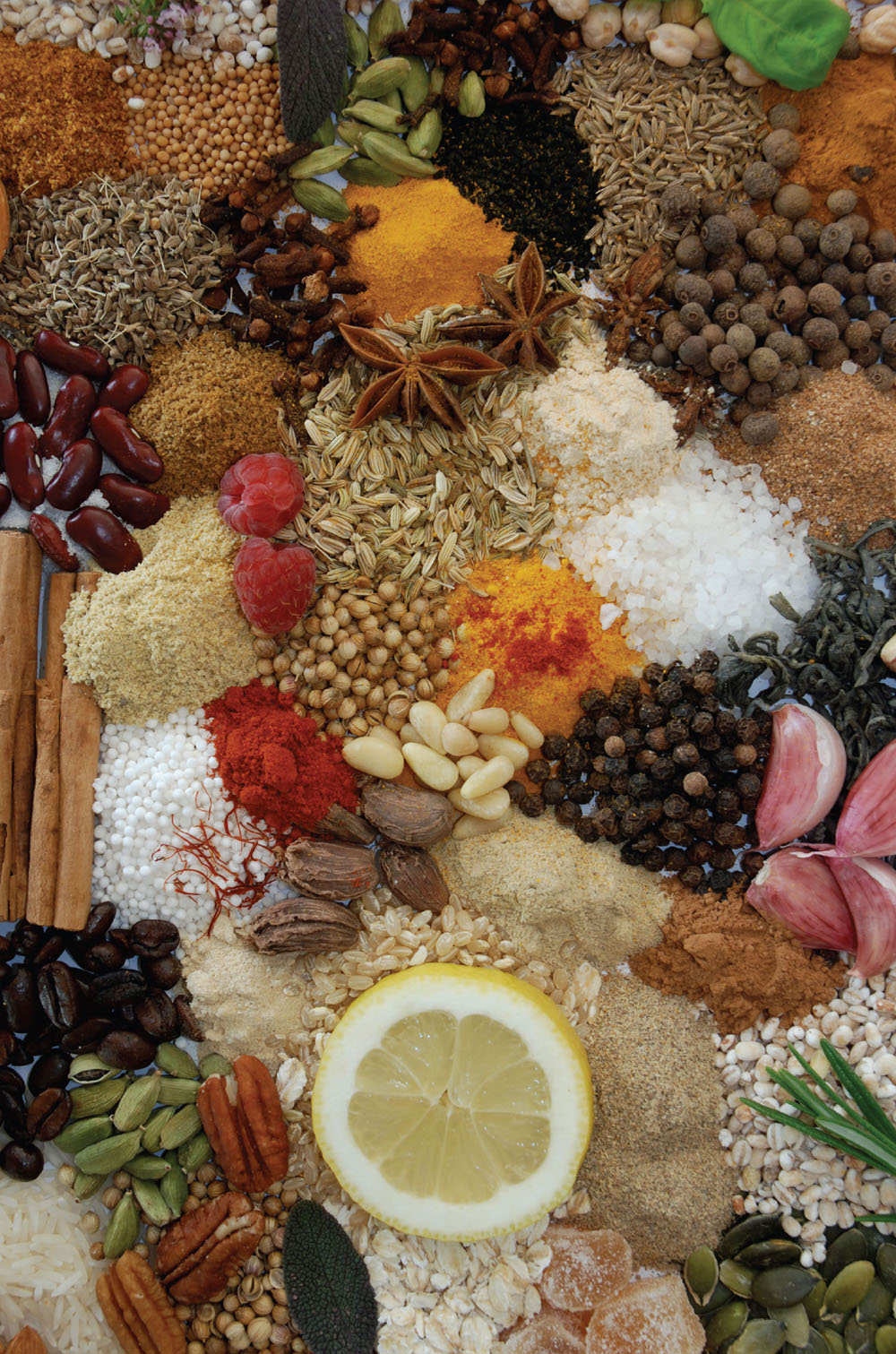
Contents
Preface
This book is our second collaboration with Merlin Unwin Books, following Hedgerow Medicine in 2008. Once more we are hugely grateful to Merlin, Karen and Jo, who have trusted us to put the positive case for the safe medicinal use of tea, sugar, sage and the many other kitchen products we examine.
As before, Julie was the expert herbalist and photographer, Matthew the editor and camera bag carrier, while we shared all the writing and idea-hatching. We have maintained the format and layout of the previous book, but have expanded the number of chapters. A reference list by ailment (red-bordered pages from ) is a new addition.
People across four continents let us loose to photograph their kitchens, and we thank in particular Paula Stone, Karin Haile, Lyndall Strazdins and Tim Edmondson, Les Bartlett, Sara and Andrew Butcher, and Jenny Carvill.
Thanks also go to Julies mother Jen Bartlett for the author photo, and Denise Burcher and Karen Palmer for their help in various ways.
Susie Allan, Julies big sister in Kenya, organised a trip to tea and coffee plantations with her partner Brian Williams. We thank all at Kamundu Estate (Sasini) and Karirana Estate who showed us around on a wet day and found us ripe coffee beans to photograph, followed by misty tea fields, respectively.
Said Mohammed and his assistant James guided us through a prolific spice garden in Zanzibar and found us specimens from allspice to ylang-ylang. Thomas Tomichen was equally helpful in southern India.
Herbalist and friend Christine Herbert again provided invaluable assistance in checking the text, and looked after some of Julies patients while we were away on photographic trips. Her partner Mark Naylor grew many of the vegetables featured on these pages.
We acknowledge that the opinions expressed here are our own, and we take responsibility for them. Sources are referenced in the notes to the text section, and we thank copyright holders for permission to include extracts from their work. If we have overlooked or been unable to locate any copyright owner we will gladly add details in a later edition.
We thank John Ambrose and the John Innes Foundation Collection of Rare Botanical Books, Norwich for permission to photograph and read classic herbal works in a splendid library just down the road from us. We are also grateful to the British Library, Wellcome Libray and Norfolk Record Office for their unfailing help, and for still being there.
Julie Bruton-Seal & Matthew Seal
| Ashwellthorpe, Norfolk | May 2010 |
A note on the 2019 reprint
We have taken this opportunity to update data wherever possible, revise the scientific names of plants according to the Kew Plant-List, change a number of the photographs, bring the resources and reading lists up to date, and generally refresh the book.
Julie Bruton-Seal & Matthew Seal
| Ashwellthorpe, Norfolk | June 2019 |

Introduction

In times past, kitchen medicine was practised by every housewife. She may not have used the term or even thought about it much, but she would have learned how to treat her family for everyday ailments and minor emergencies with what she had to hand.
Doctors were expensive, and our ancestors had to be more self-reliant in their healthcare. Matthews mother would recall England in the 1920s, when going to the doctor meant a fee of a shilling, a hefty charge; as a child she was sent to the corner shop for a haporth of ipecacuanha. Our grandmothers used laundry blue for wasp stings and bicarb for upset tummies, and hot lemon and honey drinks for colds. Chicken soup was a cure-all, and if in doubt, a nice cup of tea was just the thing.
We think it is time to revive this disappearing tradition of using your pantry as your pharmacy. Indeed, the kitchen is where you are most likely to need first aid. For a domestic space that can still claim to be the centre of family life of cooking, warmth, storage and conviviality the kitchen can be a rather dangerous place. The Royal Society for the Prevention of Accidents in 2017 reported 2.7 million people in Britain went to A&E departments after accidents in the home, and 5,000 people died. Most of these mishaps were in the kitchen or on the stairs, often involving the very young or the elderly.
By contrast, in British industry in a typical year there are some 550,000 non-fatal accidents notified. Clearly, this reflects the different age populations and regulation of conditions in the workplace and at home, but the discrepancy in the figures is telling. We do need to be better informed on first aid matters and take more self-responsibility for health and safety in our own home.
Next page
